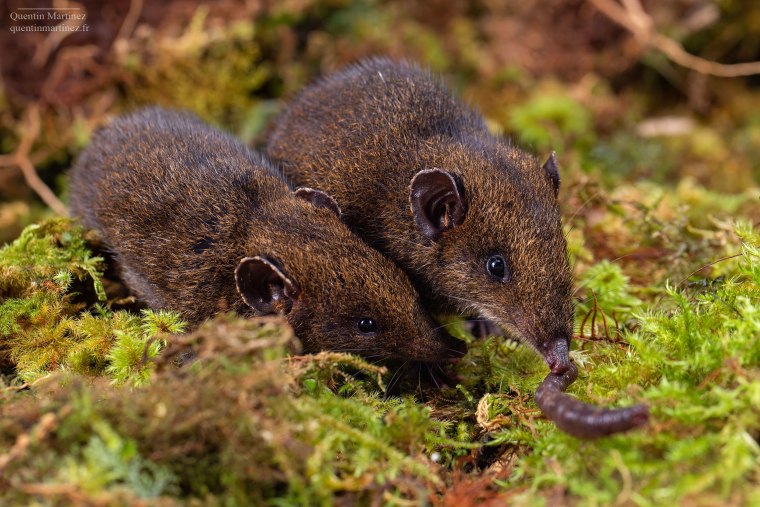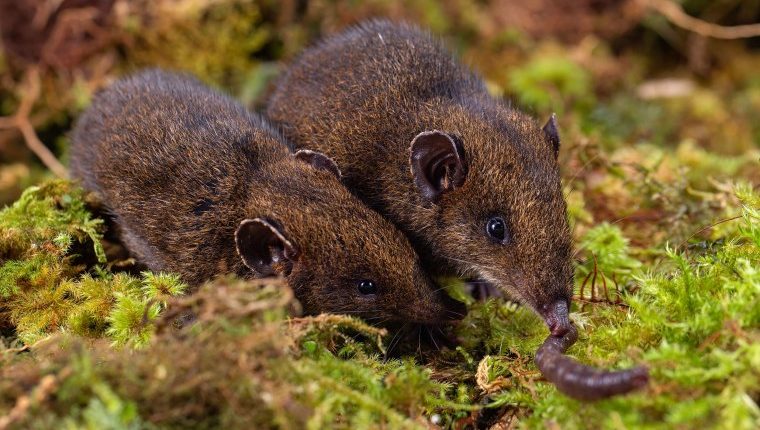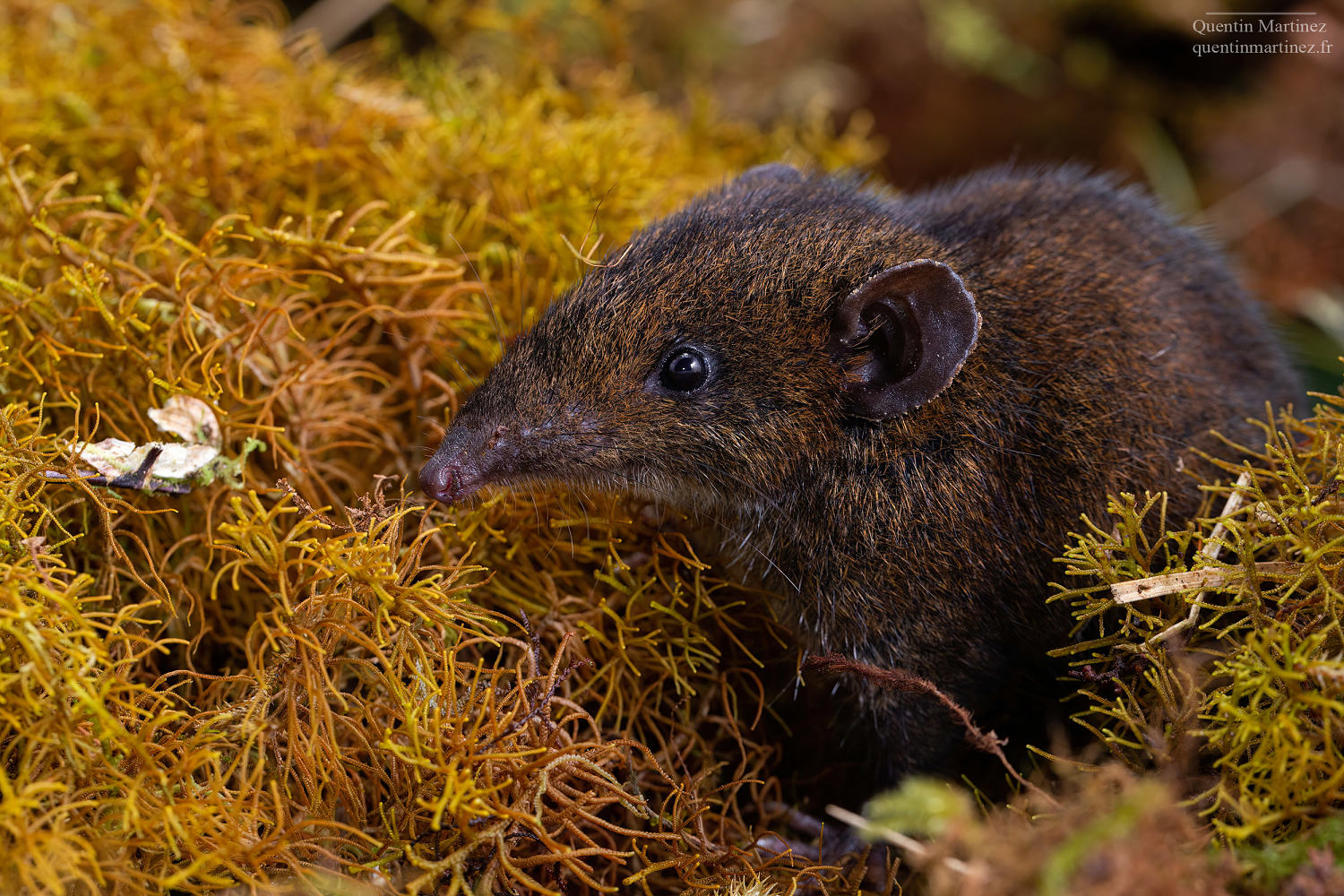Scientists identified five new species of soft-furred hedgehogs in Southeast Asia.
Two of the species are entirely new to science, while the other three have been upgraded from the subspecies level after DNA analysis and physical characteristics helped researchers from the Smithsonian National Museum of Natural History describe and categorize the animals.
The study, published in the Zoological Journal of the Linnean Society, analyzed physical specimens and genetic samples obtained from museum loans as well as specimens collected during field expeditions to Borneo, an island in Malaysia.
These newly described mammals are furry, distinguishing them from the more familiar spiny hedgehogs found in Europe.
Furry hedgehogs are teardrop-shaped, with faces ending in a long, narrow snout, not unlike a mini armadillo without a shell, or something halfway between a mouse and a shrew.
Previously, there were two known species of furry hedgehogs, but the study increases the total to seven. It can be hard to tell small mammals apart, and detailed studies, like the one conducted by the Smithsonian researchers, can lead to discoveries that previously known specimens are indeed different species, as with these furry hedgehogs.

Three of the new hedgehog species were upgraded from subspecies of Hylomys suillus and are now named H. dorsalis, H. maxi and H. peguensis. The other two are new, Hylomys vorax and Hylomys macarong, and specimens of both had been in the museum collections for decades before they were identified.
H. macarong are endemic to South Vietnam, are dark brown and about 5.5 inches long. The males have fang-like incisors, and the scientific name is derived from the Vietnamese word for vampire, ma cà rồng.
H. vorax are found only on the slopes of Mount Leuser in North Sumatra, Indonesia. They are also dark brown and slightly smaller, at about 4.7 inches long. The name is derived from a description of the hedgehogs as “voracious,” written by a mammalogist named Frederick Ulmer, who collected the specimens that led to the description in 1939.
“They were voracious beasts often devouring the whole bait before springing the trap. Ham rind, coconut, meat, and walnuts were eaten,” Ulmer wrote. One “partially devoured the chicken head bait of a steel trap before getting caught in a nearby Schuyler trap baited with ham rind.”
The Smithsonian said on X that the study indicates that “even in well-studied animal groups like mammals, there are still discoveries waiting to be made, showing what is possible when modern techniques such as DNA analysis are applied to museum collections.”
During the research, scientists collected over 300 physical specimens and tissue samples. Tissue samples for genetic analysis were obtained from historical or modern specimens in 14 museums across Asia, Europe and the U.S., as well as from specimens collected during three field trips to Borneo.
Source: | This article originally belongs to Nbcnews.com









